Search Results
106 records found
Chicago (2002)
(Co-written with Emily Snyder) Like Moulin Rouge!, Chicago involves sordid goings-on in a rather seamy milieu; but where the earlier film tried to contrast its dissolute ambiance with heart-warming sincerity and idealism, Chicago is cynical to the core.
Chicken Run (2000)
Real chickens, I have it on expert testimony, are homebodies who do not actually pine for freedom, as do the heroines of Chicken Run. Whereas these poultry-farm prisoners plot and scheme endlessly to contrive by any means necessary to get under, over, or around their chicken-wire prison wall, my wife’s hens actually perch atop the five-foot fence that surrounds our back yard. They are quite capable of escaping, but have no interest in doing so.
Children of Men (2006)
It is a truism that every childbirth is a miracle. Children of Men sets that truism in sharp relief, envisioning a world in which a single ordinary conception, pregnancy and childbirth seems almost as miraculous — and portentous — as a virgin birth.
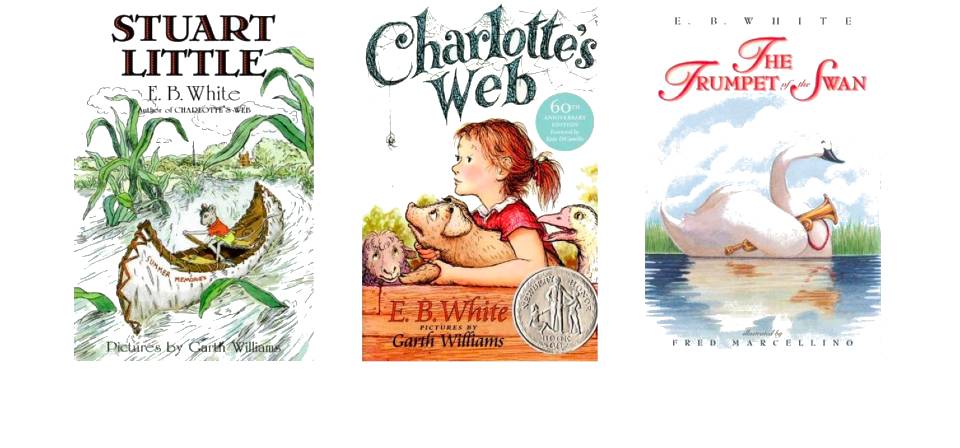
The Children’s Stories of E. B. White
Just as no writer or editor can do without a copy of Strunk and White’s The Elements of Style, so no child’s library is complete without one or more of the latter writer’s beloved trilogy of children’s books: Stuart Little (1945), Charlotte’s Web (1952), and Trumpet of the Swan (1970).
Chimpanzee (2012)
Disneynature’s Chimpanzee has the makings of a great nature documentary. It takes us places other films haven’t and shows us sights we haven’t seen on any screen. Visually, it’s a triumph of intripid nature documentary filmmaking, with an extraordinary and heartwarming twist in the lives of a chimpanzee community. Yet like other recent nature flicks, including Arctic Tale and African Cats, it’s wrapped in increasingly tiresome, condescending kiddie-movie packaging. It’s like discovering a rare dish prepared by eminent chefs, drizzled with waxy treacle and stuffed in a Happy Meal box.
Chimpanzee [video]
Chimpanzee in 60 seconds: my “Reel Faith” review.
The Christ of Muscle Beach!
“Christ in Majesty” is the official name of the striking, somewhat controversial mosaic on the apse wall of the Basilica of the National Shrine of the Immaculate Conception in Washington, DC, but someone Suz and I once knew jokingly nicknamed it “the Christ of Muscle Beach,” in reference to its half-bared chest and arm, muscular build and intimidating gaze.
Christians in the Movies: A Century of Saints by Peter Dans
Every serious Christian movie buff should own a copy of Peter Dans’ Christians in the Movies: A Century of Saints and Sinners. First published in 2009, Christians in the Movies was originally available only in an expensive hardcover edition priced as a library reference work; since then it’s been reprinted in an affordable paperback edition.
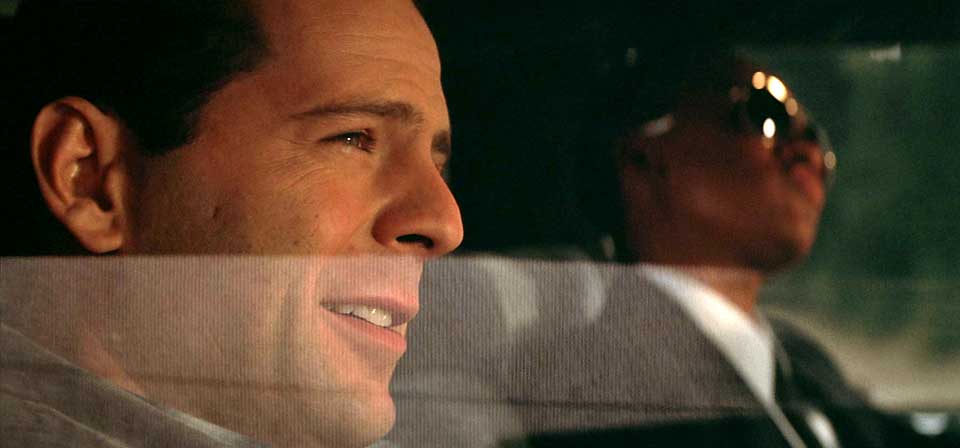
Christmas Day is over … time to watch Christmas movies!
What can Catholics do to keep things Christmasy until mid-January? Among other things, I suggest keeping the tree and the lights lit until at least January 6, if not the following Sunday — and saving the Christmas movies till after Christmas day.
A Christmas Story (1983)
Like many Christmas-themed movies, it offers no insight into the true meaning of Christmas, but it brims with insight into the human condition — particularly the condition of boys at Christmastime.
Christmas Story: Catherine Hardwicke and Mike Rich Discuss Bringing The Nativity Story to the Screen
Perhaps The Nativity Story will take its place as the missing Christmas film — the one that actually is about the real “real meaning of Christmas.”
Christmas with the Kranks (2004)
What on earth was anyone thinking? Luther’s so Kranky he can’t just skip the Christmas-Eve shindig… he wants a "total boycott," even of charitable donations — despite the fact that they’re saving money on the cruise over against their usual seasonal expenditures. (That his wife Nora, played by Jamie Lee Curtis, absolutely refuses to go along with his plans until Luther caves on the charitable donations is some consolation, but not nearly enough.)
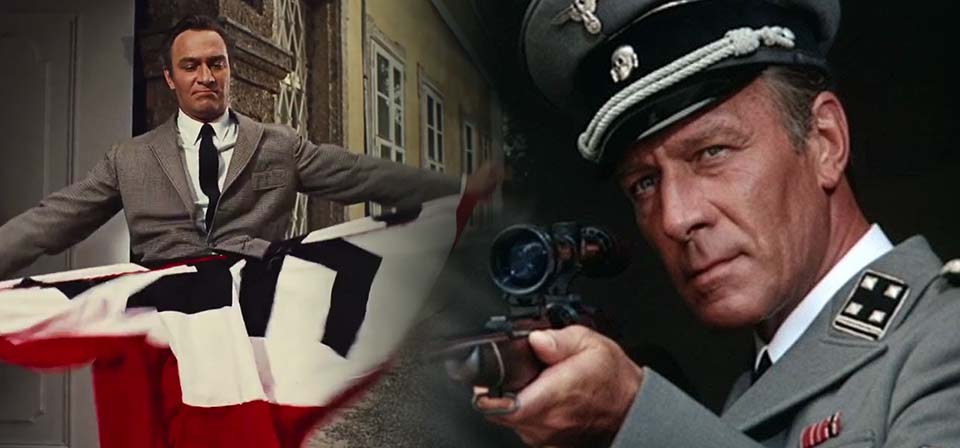
Christopher Plummer, the cross, and the swastika
“That damn movie follows me around like an albatross,” Christopher Plummer once fumed about the one film for which — despite a prolific, varied, successful career in film, television, and theater — he would always be best known.
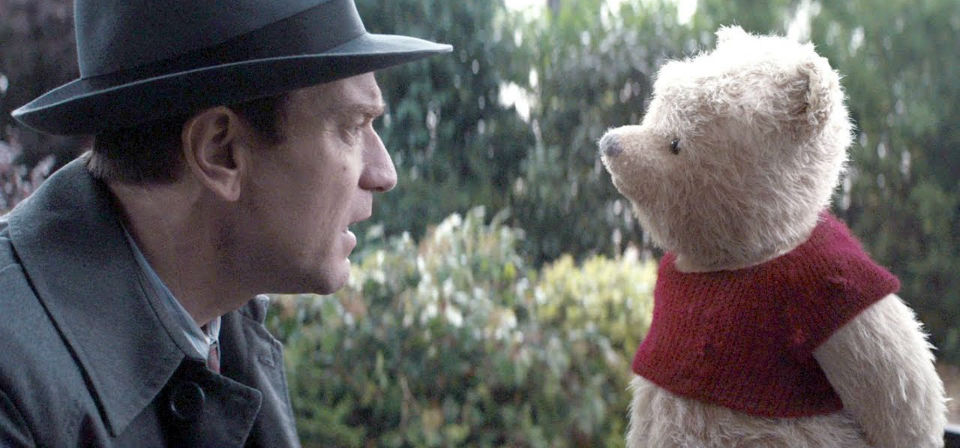
Christopher Robin (2018)
When such movies are done well, you get, say, The Incredibles or John Favreau’s Chef. When they aren’t, you get Jim Carrey in Mr. Popper’s Penguins or Steven Spielberg’s Hook — possibly the closest analogy for Christopher Robin, though Hook, for all its flaws, was clearly a personal film for Spielberg, whereas Christopher Robin feels cobbled together from bits and pieces of other movies without a cogent vision of its own.
The Chronicles of Narnia (1988‑1990)
Beautiful, rugged UK landscapes, splendid old castles and other shooting locations, and some fairly impressive sets help create a sense of authenticity. At the same time, with the earlier episodes especially limited by modest production values, rudimentary special effects, and uneven acting, the Chronicles can’t be held even to the standard of such American TV productions as the Merlin and Arabian Nights miniseries.
The Chronicles of Narnia: Prince Caspian (2008)
If the first Narnia film got perhaps two-thirds of Lewis’s intended meaning, Caspian is lucky if it gets a quarter. … The upshot is that Caspian is a good-looking fantasy film with some appealing eye candy and comparatively little to do with the book, beyond basic themes of good versus evil and rather generic faith. On that level, if you can put Lewis out of your mind, it’s a pretty good ride.
The Chronicles of Narnia: The Lion, the Witch and the Wardrobe (2005)
One of the most magical effects in Andrew Adamson’s The Lion, the Witch and the Wardrobe isn’t rippling computer-generated fur, ice castles, or battle scenes. It’s the wide-eyed wonder and delight on the face of young Lucy Pevensie (Georgie Henley) as she passes beyond the wardrobe for the first time into the winter wonderland of the Narnian wood.
The Chronicles of Narnia: The Voyage of the Dawn Treader (2010)
Is it possible that the makers of The Voyage of the Dawn Treader have made the best film in the series to date while charting a course even further from the book? I think it is. Perhaps it’s even because the film diverges from the book to the extent that it does that I’m able to regard the film more for what it is than for what it isn’t.
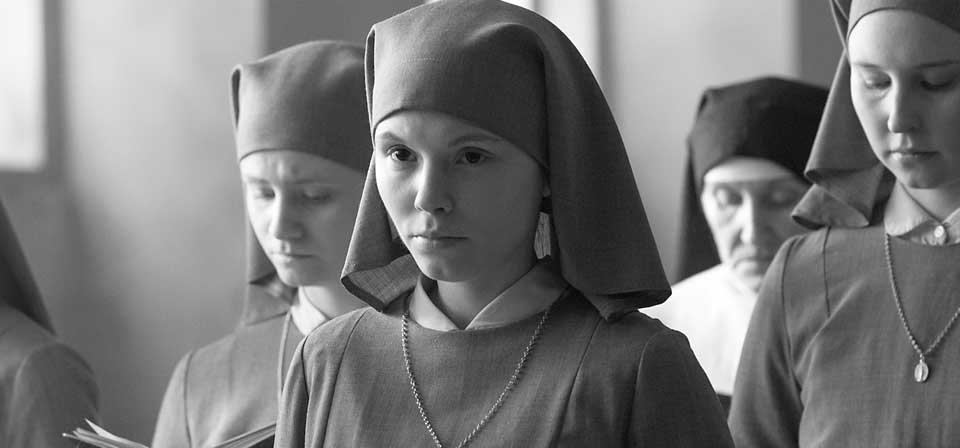
The Church on screen in 2014: Not a bad year for Catholics
By mid-year I would have predicted that Mendoza would surely prove to be the best big-screen priest of 2014 — but Brendan Gleeson’s Rev. Lavelle in John Michael McDonagh’s Calvary proved me wrong.
Cinderella (1950)
Coming in the wake of a string of early classics — Snow White and the Seven Dwarfs, Pinocchio, Fantasia, Dumbo, Bambi — Disney’s Cinderella represents, alas, the early stages of Disney-itis.
Recent
- Benoit Blanc goes to church: Mysteries and faith in Wake Up Dead Man
- Are there too many Jesus movies?
- Antidote to the digital revolution: Carlo Acutis: Roadmap to Reality
- “Not I, But God”: Interview with Carlo Acutis: Roadmap to Reality director Tim Moriarty
- Gunn’s Superman is silly and sincere, and that’s good. It could be smarter.
Home Video
Copyright © 2000– Steven D. Greydanus. All rights reserved.